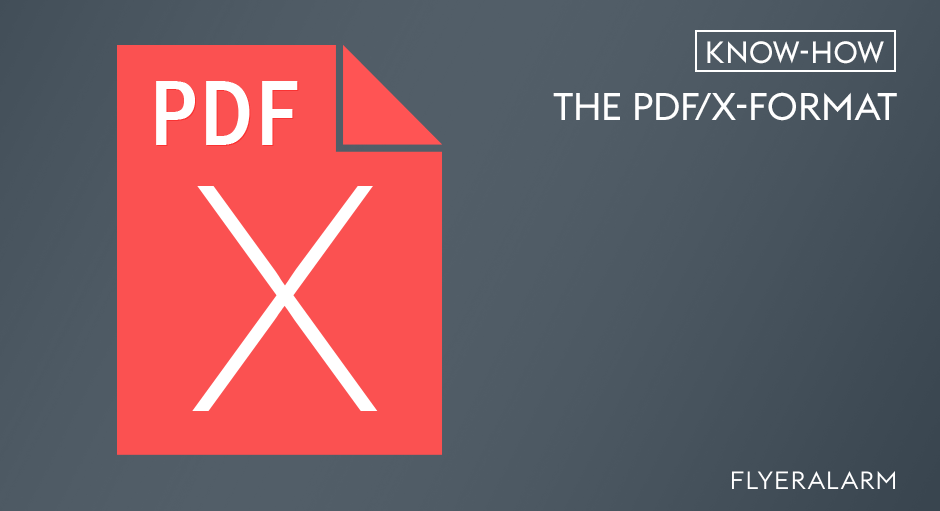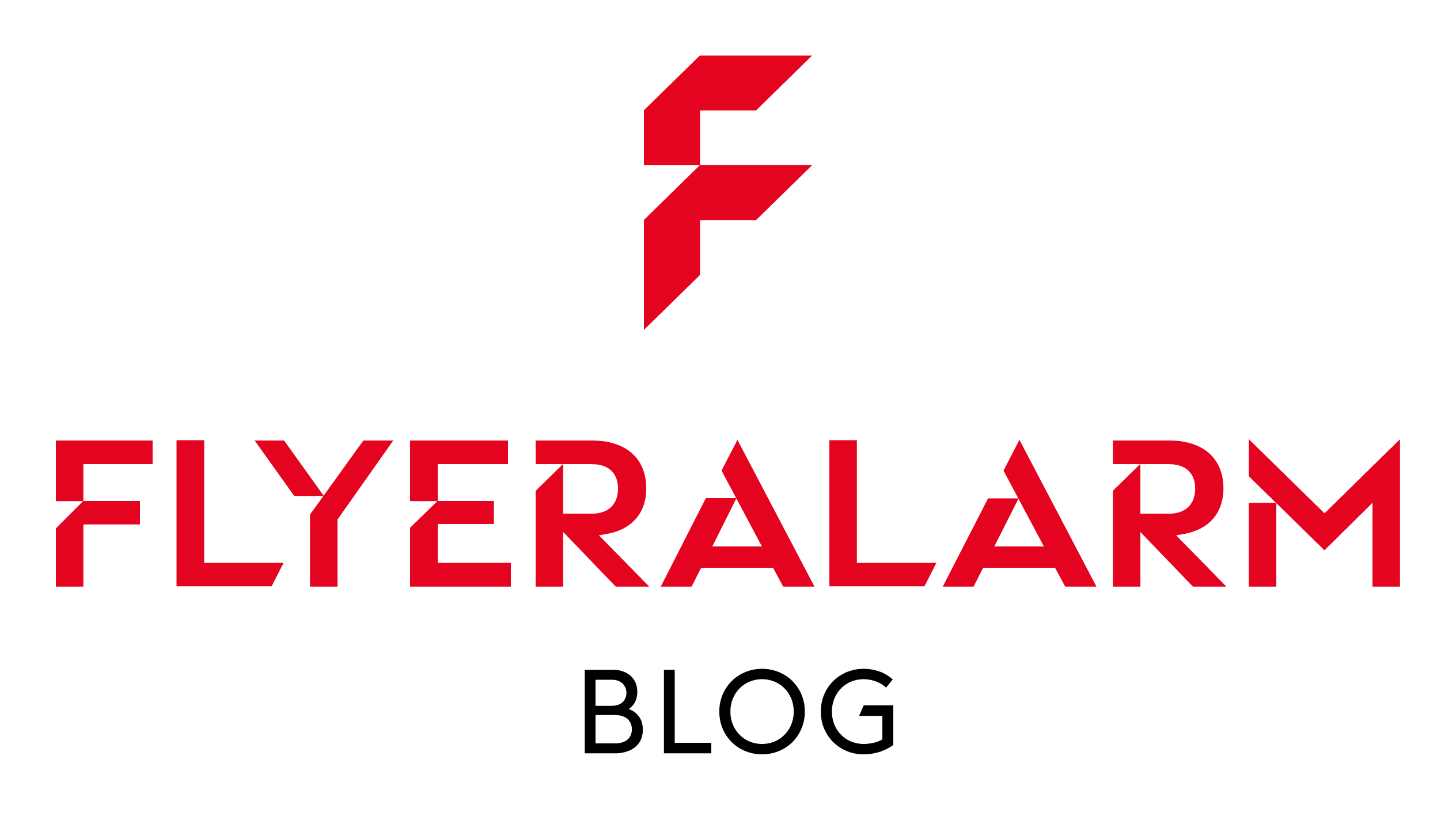
The PDF/X format was developed especially for printing. What features does it have, and what versions are available?
The PDF format was originally conceived as a way of safely sharing digital documents. The primary benefits were (and still are) that the files contain all of the information required within them, and can be opened and used by the recipient independently of the program used to create them. These features have been taken on board by the print industry, where PDFs are preferred in order to avoid time-consuming and costly pre-press stages. An additional standard was developed to take account of the more complex, very specific specifications of printing: PDF/X
Advantages for printing
The ‘X’ stands for eXchange. After all, that is the purpose of the format – a blind exchange of data between the customer and the print shop. This means that in theory the print shop can use the customer’s PDF file without viewing or checking it, in theory. In practice, there is generally a proof stage before the data is approved for printing, however. This gives the designer the assurance that their designs will be printed as required, while the print shop benefits from a reduced risk of the data being incorrect.
The PDF/X format ensures that specific basic specifications for printing are met. However, these do not relate to the quality of the file (e.g. to the resolution of images). Instead, it is about ensuring that fonts and images are embedded, the correct colour space is included and the right settings for overprinting have been applied.
PDF/X Versions
Since the requirements of a PDF/X file may vary according to the application and technical specifications, a number of options have arisen over the years. The most commonly used are PDF/X-1a, PDF/X-3 and PDF/X-4. They differ mainly in their support of different colour spaces.
PDF/X-1a only supports CMYK and special colours, but does not allow colours based on ICC profiles. It also does not allow the use of transparency or layers. While PDF/X1a:2001 is based on PDF version 1.3, PDF/X1a:2003 was extended to use features from PDF version 1.4.
PDF/X-3 also supports CMYK and special colours, but allows RGB, LAB and ICC-based colours to be used too. Conversion to CMYK can be done during the pre-press stage if required. However, as a rule the destination colour profile is taken into account when exporting from the graphic design software. Transparency and layers are flattened automatically. A revision was applied in 2003 as with PDF/X1a. However, the standard version is PDF/X-3:2002, which was developed by the ECI in cooperation with the German Federal Print and Media Association (BVDM). This is what FLYERALARM uses too.
PDF/X-4 supports the use of the same colour spaces as PDF/X-3 but also allows transparency and layers to be used. This version is used by the print world for textiles, such as clothing and cotton bags.
Additional details
Creating a PDF/X does not automatically mean that your print files comply with all the print specifications. These must therefore also be checked before submission. You should therefore carry out a detailed proof, using Adobe Acrobat Pro. Creating a PDF/X does not automatically mean that your print files comply with all the print specifications. These must therefore also be checked before submission. You should therefore carry out a detailed proof, using article on this very topic. Additional information about FLYERALARM’s specifications can be found in the Print Files article on flyeralarm.com.
Once you have exported your projects in the appropriate PDF/X format and taken account of the notes above, there only remains one thing to do: Configure your product and upload a print file. For example, for flyers, cotton bags or corporate fashion.
View Products